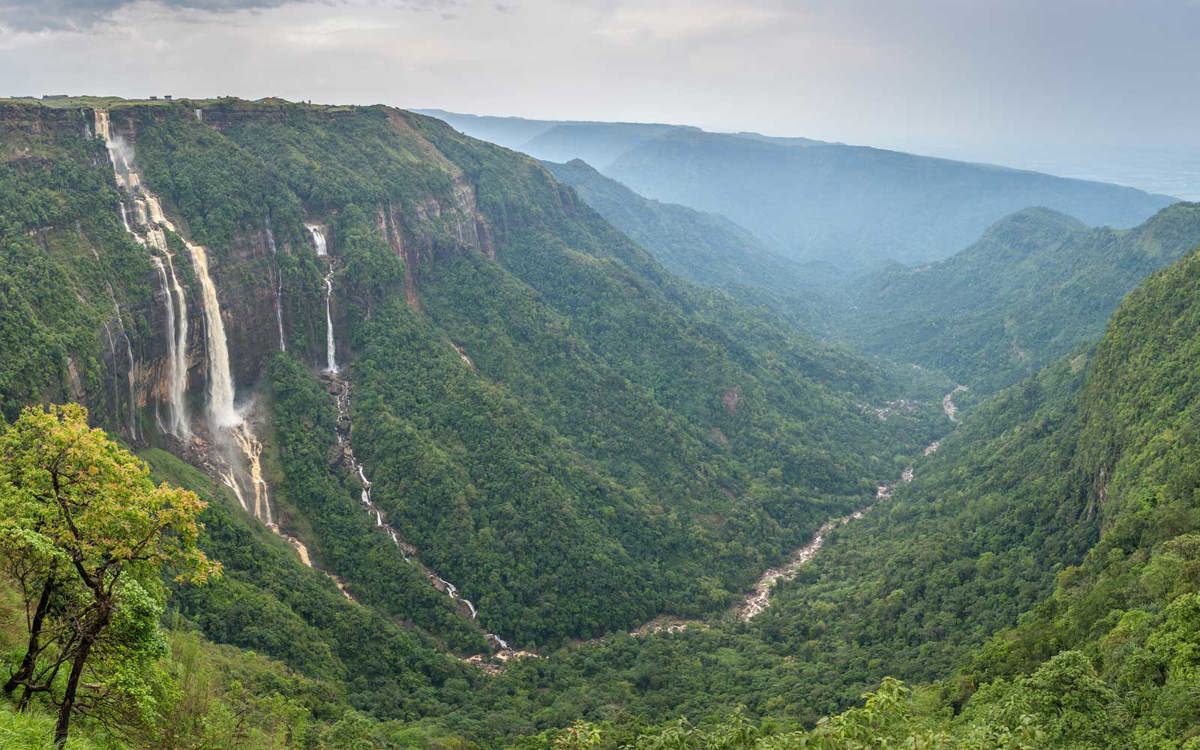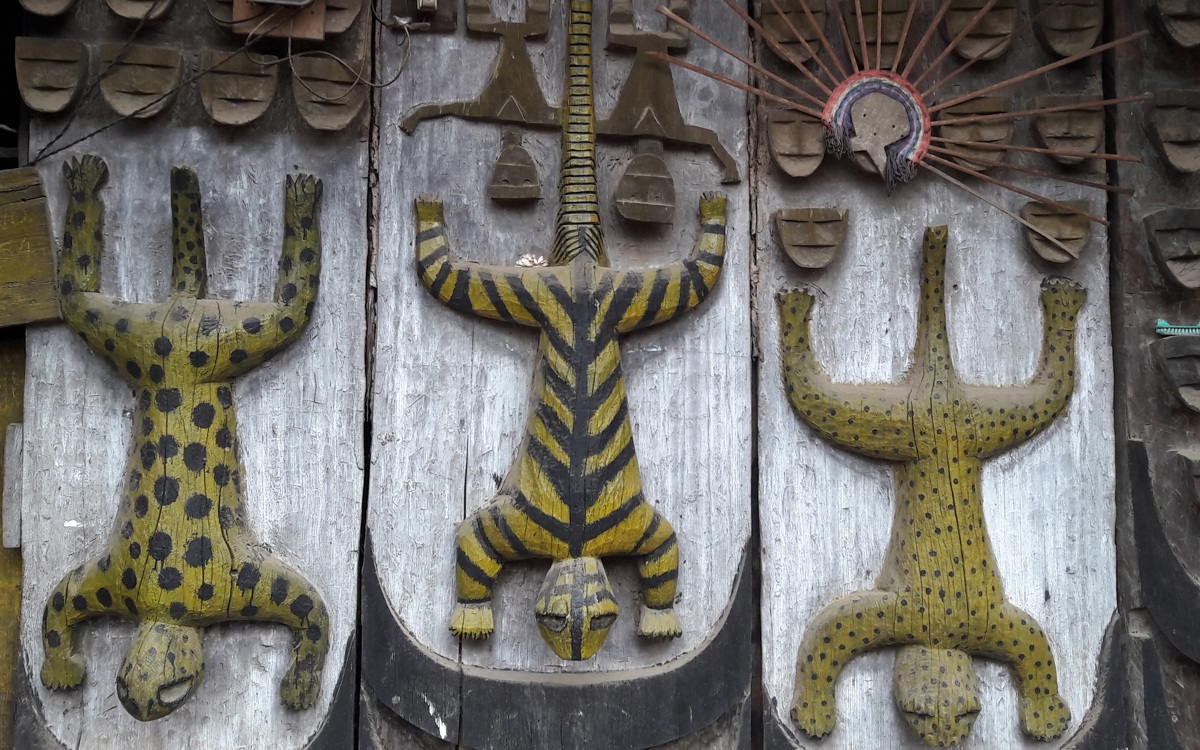North-east India is one of the most linguistically diverse regions in the world. Yet many of its languages are at risk.
By Madhumita Barbora, Tezpur University, India

India’s land of the seven sisters is one of the most linguistically diverse regions in the world. Yet many of its indigenous languages are at risk.
By Madhumita Barbora, Tezpur University, India
North-east India is known as the land of the seven sisters. These mysterious seven siblings are a reference to its seven states: Arunachal Pradesh, Assam, Manipur, Meghalaya, Mizoram, Nagaland, and Tripura.
Unlike other sisters, ours do not all share the same mother tongue. In the state of Assam, for example, the Constitution of India recognises Assamese, Bengali, and Bodo as official languages. In Manipur, it is Meitei or Manipuri. In Tripura, it is Bengali and Kokborok. In Mizoram, it is Mizo and English. And in the states of Arunachal Pradesh, Meghalaya and Nagaland, English is the official language. English is also recognised as a second official language in Assam, Manipur, and Tripura.
The languages spoken across our states belong to no fewer than five different language families: Indo-Aryan, Tibeto-Burman, Austro-Asiatic, Tai-Kadai, and Dravidian. Indeed, the land of the seven sisters is one of the most linguistically and culturally diverse regions in the world.
This rich diversity is largely due to the number of indigenous tribes and communities who live in the region. The state of Meghalaya, to give just one example, is home to both the Khasi and Garo communities and their numerous sub-tribes – rare matrilineal societies, in which hereditary succession follows the maternal, rather than the paternal, line. Neither Khasi or Garo, however, are recognised by the government as an official language.

For the region’s many lesser known languages, the state of endangerment veers from ‘vulnerable’ to ‘moribund’ (‘at the point of death’). My work in the field indicates the main cause of endangerment to be language shift, where indigenous speakers consciously adopt a more dominant language – usually because they perceive that doing so will bring better educational opportunities or a chance to lift their socioeconomic status. Proficiency in Hindi – India’s official language – often spells better job opportunities. But there are other factors, too: in some districts, for instance, many indigenous people have converted to Christianity, and thus the impact of the church is evident in their choice of lingua-franca.
In a multilingual country such as India – in which well over 400 different individual languages are spoken – language policies are decided primarily for administrative reasons, and may serve as a deterrent for lesser known languages. Without official status, most indigenous languages are pushed towards endangerment. India’s ‘three language formula’, implemented in almost all educational institutions, compels speakers to shift to other languages for practical purposes. This policy dictates that educational institutions teach three languages: Hindi (the official language of the country), the official language of the state, and English. In some states, such as Arunachal Pradesh and Meghalaya, English is the sole official language, meaning local communities have little option but to adopt it.
In universities across India, however, linguistics departments are undertaking research, documentation, and digitisation of many lesser known languages, as well as supporting their revitalisation and maintenance at a local level. This work was given a boost in 2014, when India’s University Grants Commission (UGC) awarded funding to nine universities – including Tezpur University – for endangered languages projects. Each institution focuses their work on a geographic area specified by the UGC. The Centre for Endangered languages at Tezpur University works in three north-eastern states: Assam, Manipur, and Nagaland. Meanwhile, research scholars in the Department of English and Foreign Languages are working on the endangered languages of Arunachal Pradesh.
We believe that each and every language embodies the unique cultural and historical wisdom of a people.

Living wisdom
At Tezpur University’s Centre for Endangered Languages, we believe that each and every language embodies the unique cultural and historical wisdom of a people. The centre’s extensive fieldwork, often in remote communities, has led to the publication of learner’s books for six endangered languages: Biate, Hrangkhol, Khelma, Liangmai, Onaeme, and Purum. Each book was produced in collaboration with the communities of speakers and can be used in efforts to revitalise and renew their languages. Since these languages are oral and do not have a script, the centre has used the Roman script to create these publications.
These valuable books offer not just vocabulary, but a slice of the unique character of each community – from grammar and history to folklore and lullabies. Here, we are proud to give you a glimpse into the lives of the communities whose languages are now documented in these books.
Biate is the ancient oral language of the Biate people, an indigenous people from the hilly Dima Hasao district of Assam and one of the region’s oldest settlers. According to legend, the Biate traditionally worshipped a large python, but the entire community has now converted to Christianity.
Like so many indigenous communities, the Biate have their own identity – from language and customs to songs and folklore. Each year they celebrate the Nulding Kut – a seven day festival during which they try to forget shortcomings, sorrows, and past discontentment, and to forgive one another. Our Biate learner’s book records proverbs such as Lei in ruh nei mak, which translates literally as ‘a tongue has no bone’ – or, in other words: ‘it’s easy to boast’. The Biate proverb Lon dit dit thi tong nole fak tong, meanwhile, reminds us that ‘a person who always wanders will find either good fortune or bad luck’.
Khelma is spoken in the undulating districts of Dima Hasao and, like Biate, has its own set of traditions, rituals, and festivals. At the centre of many of these is a rice beer known as zu, which is said to be an inseparable part of Khelma culture. Indeed, as our learner’s book explains, there can be no ritual ceremonies, feasts, festivals, or worship without it. Festivals include Rampathian (the worshipping of a forest god), Parsem kut (a flower distributing festival) and Rubu-khat (which honours domestic animals). In documenting the Khelma language and heritage, our book describes birth, death and marriage rituals, games and sports, and even lullabies.

Onaeme is spoken by a small community of around 4,000 speakers in and around Oinam – a hilltop village with exquisite views. As our learner’s book tells us, pottery plays a central – even sacred – role in the language, traditions, and folklore of the Onaeme people. Indeed the name of the language translates as ‘the language of the mud smelling people' – likely a reference to myths and folklore around the Onaeme ancestors, who sought new land on which to live. The story tells of how an ancestress dug up the earth with her walking stick and smelled the soil to see if it was suitable for making earthern pots. Every woman in the Oinam village remains an expert in pottery; although the men are forbidden to learn.
As this handful of examples illustrates, a language is far more than just words and phrases. They embody cultures, traditions, and wisdom. The loss of any language is, therefore, an irrevocable loss for all humanity. We hope that many more researchers will be drawn to the land of the seven sisters, where so many languages are in dire need of documentation and revitalisation.
Professor Madhumita Barbora is Coordinator at the Centre for Endangered Languages at Tezpur University, India.
The six learner’s books, brief extracts of which are featured above, can be accessed through Tezpur University’s Centre for Endangered Languages. With thanks to the staff and communities involved in their creation and production.
Our gratitude to the people of the Biate, Khelma, and Onaeme communities of north-east India, whose words, images, and heritage are featured here.
Image (top): Mazur Travel at Shutterstock
